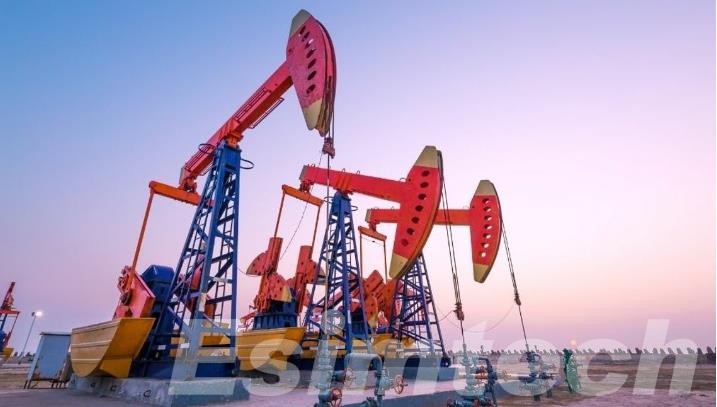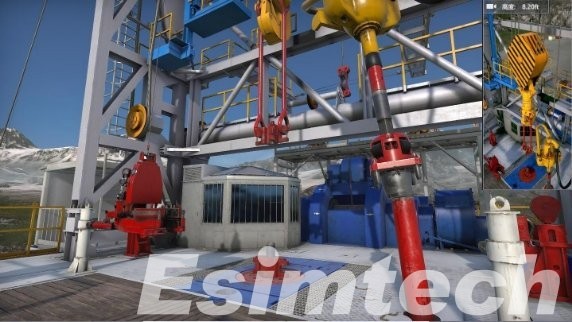Accelerating the Future of Drilling: Speed, Safety & Smart Automation
Accelerating the Future of Drilling: Speed, Safety & Smart Automation
Blog Article

Around the globe, R&D teams are racing to unlock deeper, hotter, and more complex reservoirs while squeezing every cent from the drilling budget. Their priorities—faster spud-to-TD times, zero surprises,
automated workflows, and fit-for-purpose fluids—are closely tied to breakthroughs in oil rig design and down-hole engineering. Below is a concise tour of the latest hardware and software raising the bar for modern well delivery.
1 · Drilling-Speed Technologies
Fast-moving and continuous-motion rigs. Veristic’s stepper-hydraulic rig cruises at 0.2 m/min
in eight directions, relocating an entire spread between Fayetteville shale pads to drill five wells in just 34 days. Norwegian Continuous Motion units push tubular insertion to 3 600 m/h, trimming
30–40 % off the drilling cycle. Onshore China, CNPC’s four-mast 9,000-m ultra-deep rig proves that a digitized, modular structure can slash operating costs by 37 % and shave +20 % from on-site time.
2 · Efficient Rock-Breaking Bits
Additive manufacturing, novel cutters, and bespoke hydraulics have given the humble drill bit a performance
renaissance:
- Integrated PDC + Rotary Steerable. Schlumberger’s hybrid bit drills the build, hold and lateral in one run.
- Deep-cobalt-relief PDC. In India’s Barmer Basin it averages 10.7 m/h—47 % faster than legacy tools.
- Rotating cutter PDC. Self-spinning cutters even out wear, boosting ROP 26 % and lifespan x6.
- Conical-cutter PDC. De-tuned torque ripple lifts ROP 46–77 % in North Dakota’s Williston laterals.
- Baker Hughes 6-blade XL PDC. A unified bit-and-BHA design lifts steerability and durability in one stroke.
3 · Risk-Free, Data-Driven Drilling
No Drilling Surprise (NDS) fuses MWD, geomechanics, and real-time risk dashboards to forecast trouble zones before the bit reaches them. In Norway, e-Drilling’s cloud platform simulates the plan, streams
3-D visualization, and connects remote experts for instant decision support. Baker Hughes’ Copilot diagnostic sub packs multi-axis sensors that expose weight transfer, torsional stick-slip, and annular pressure waves as they happen—turning invisible dysfunction into actionable data. At Sinopec,
Geophysical Guided Drilling (GGD) keeps carbonate pore-pressure predictions within a 10 % window, shrinking the uncertainty envelope for safe casing points.
4 · Fine Pressure-Control Drilling
A new generation of managed-pressure and dual-gradient systems micromanage both bottom-hole pressure and return flow, preventing kicks, losses and collapse in razor-thin density windows. Smart chokes adjust within seconds, while automated back-pressure pumps follow set-points to the tenth of a bar, safeguarding reservoirs that once demanded costly contingency strings.

5 · Automation and Intelligent Control
Robotic catwalks, automated tripping apps, and AI advisory engines are graduating from pilot to mainstream rigs. Closed-loop controls adjust WOB and RPM dozens of times per second, suppressing vibration while maximizing ROP. Combined with predictive maintenance analytics, these systems cut non-productive time and move crews out of red zones—delivering tangible safety and cost dividends.
6 · Where Next?
As digital twins, edge computing, and high-bandwidth telemetry mature, drilling teams will orchestrate surface and down-hole assets almost in real time. The companies that merge innovative oil rig construction frameworks with adaptive software stand to win in tomorrow’s deeper, hotter and ever-leaner plays.